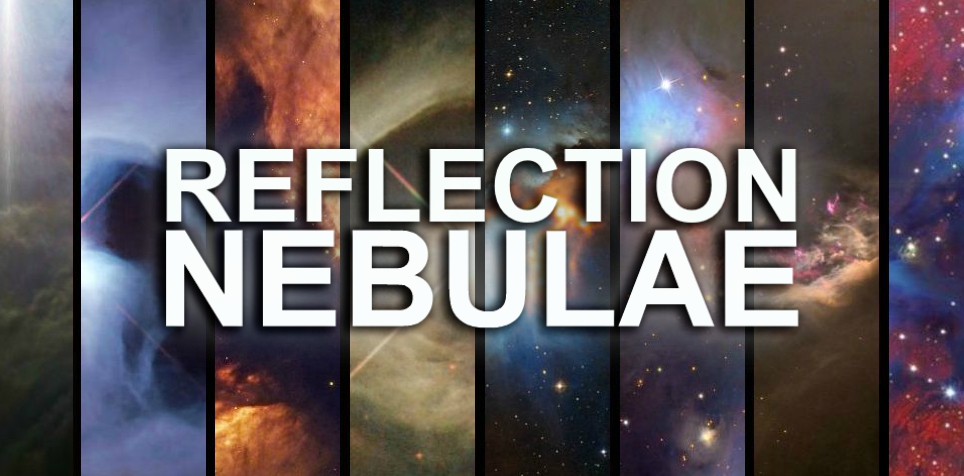

As we continue to break new ground in the field of cosmology, the importance of carefully categorizing the objects we see comes into focus. Part of this stems from the fact that, increasingly, we find that many objects appear to be the same on a macroscopic level, but are vastly different internally. In other instances, one phenomenon can manifest in numerous strange ways.
Our system is far from perfect, as you will soon learn, but to start.. the common thread in this series is the word “nebula,” which—at its most rudimentary point—refers to a large cloud of gas and/or dust—though all are not created equal. In fact, no two are ever exactly alike.
Perhaps most prevalent are emission nebulae.
To recap, emission nebulae are nebular regions where hot, energetic stars interact with the gaseous envelope surrounding them, their radiation ultimately puts the gas in an excited (or “ionized”) state. Often, emission nebulae are characterized by their red hue, but the color depends on the makeup of the cloud (i.e, what it is chemically composed of) and the degree of ionization.

Apart from emission nebulae, refection nebulae are among the most common.
There are a few key differences between emission nebulae and reflection nebulae. Firstly, reflection nebulae are not ionized—meaning they don’t glow brightly, or emit light in and of themselves. Secondly, instead of being largely composed of gas, reflection nebulae harbor vast quantities of dust.
So much, in fact, that these nebulae are rather difficult to spot without some internal light source. Therein lies the core definition of a reflection nebula. When stars come to life in thick pillars of dust, instead of passing through as it normally would, their light ricochets from microscopic grains of dust, a cycle which repeats. Ultimately, these movements are enough for some of the embedded stars’ light to pass through, resulting in the birth of a nebula.
Color is yet another thing that sets reflection nebulae apart from emission nebulae. Most of the time, emission nebulae are red, whereas—because light scatters more effectively at the bluer end of the electromagnetic spectrum—reflection nebulae tend to be intrinsically blue.

Of course, the vast majority of prominent reflection nebulae are not limited to one color. For example, the stunning complex—found approximately 5,000 light-years from Earth toward the Sagittarius constellation—spans just 3 light-years, but contains nebulae of many types.
In fact, it’s common to see reflection nebulae in conjunction with both emission nebulae and dark nebulae, which contain far more dust, and visibly have no stars forming inside of them.
See Other Articles in This Series (Slideshow):
- Classifications of Objects in Space Part 1: Emission Nebulae
- Classifications of Objects in Space Part 3: Diffuse and Star-forming Nebulae